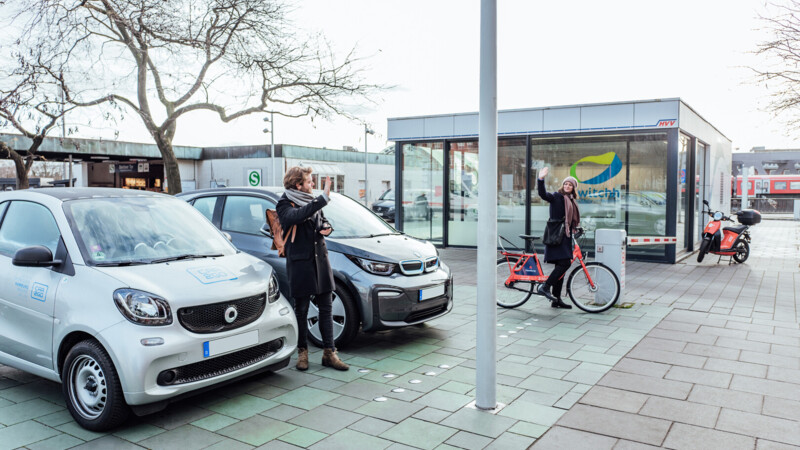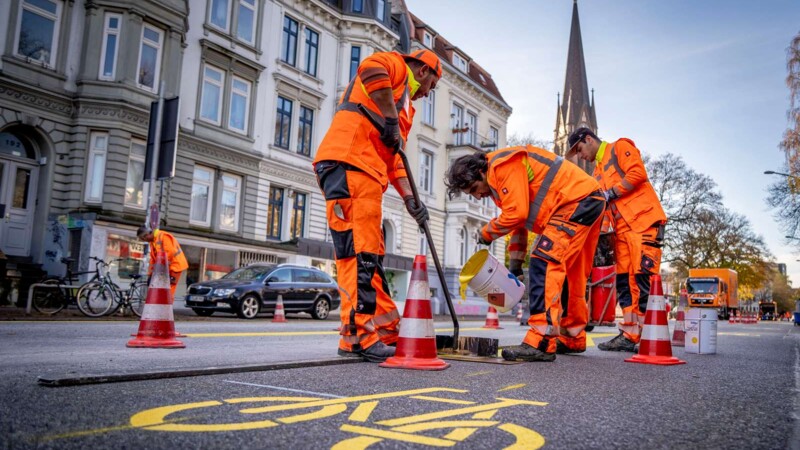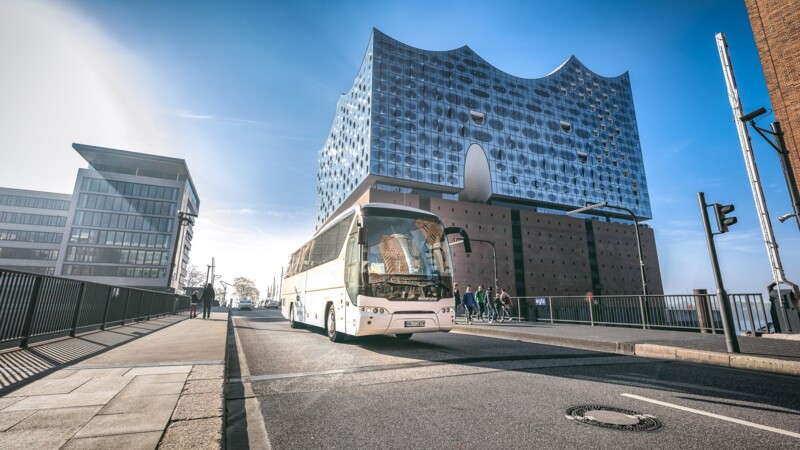Anjes Tjarks, Senator for Transport, commented: "We have to bring the surrounding areas on board in our efforts to achieve the mobility transition. That's exactly what we're doing with the Steinburg district. We are connecting the metropolitan region with the inner city, sustainably strengthening the environmental alliance and the cross-border rail system and significantly relieving traffic on roads in Schleswig-Holstein and Hamburg." Steinburg will be the eighth district to join the HVV network after Luneburg, Harburg, Stade, the Duchy of Lauenburg, Stormarn, Segeberg and Pinneberg. Zones D, E and F will be expanded to include the district of Steinburg.
The Hamburger Verkehrsverbund (HVV) transport district is set to become bigger when Steinburg in Schleswig-Holstein joins the network in 2022 and after the senate approved the plans Tuesday (March 9, 2021). The district of Steinburg includes Itzehoe, Glückstadt and the northern Lower Elbe region. The City of Hamburg is putting EUR 1 million towards the expansion, which will be fully financed by Hamburg, Schleswig-Holstein and the Steinburg district.
Mobility transition beyond the city limits
Making public transport more attractive
The HVV tariff will apply to all bus and train lines in the district from 2022. "The reduced fares will help us to make public transport in the district more attractive and to get more people from Steinburg onto buses and trains," said Otto Carstens, Department Head of the District of Steinburg. Carstens also expressed hope of making the district more attractive as a place to live and as a leisure destination. More than 70 per cent of passengers in Steinburg will benefit from noticeable price reductions as a result of the district’s inclusion in the network. The City of Hamburg, Schleswig-Holstein and the district of Steinburg will foot the expected loss of EUR 4.3 million in revenue caused by the changeover to the HVV tariff and will be covered by the German government's regional funds.
tn/sb
Sources and further information
More
Similar articles

New QLab think tank now focusing on new mobility innovations

Hamburg expanding cycle paths as part of mobility transition

